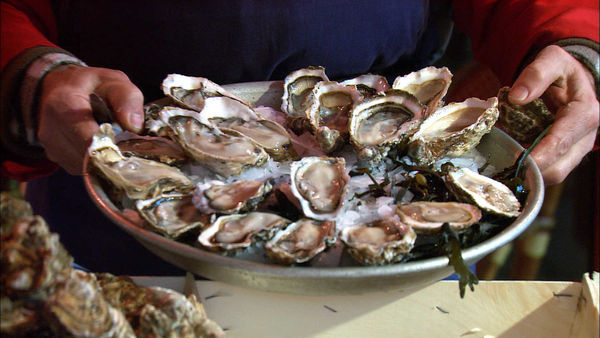Christmas in Europe
By Rick Steves

In Europe, "Christmas" (or the local word for it) refers not to the day but the whole season, which stretches well over a month — not to extend the shopping season, but to fit in the many holy days and festivities.
First comes Advent, beginning four Sundays before Christmas Eve; this is when most community Christmas markets open their stalls. Next up is the Feast of St. Nicholas, celebrated mostly in Catholic countries on December 6; in many countries, this is when kids get gifts from St. Nick.
For many Europeans, the season's main event is Christmas Eve, celebrated with Midnight Mass and a grand meal. Others focus more on Christmas Day and gift-giving. The "Twelve Days of Christmas" stretch from December 25 until January 6, which is Epiphany, the day the Three Kings delivered their gifts. Then the season goes into hibernation until next year.
While there are many great European Christmas traditions, here are a few of my favorites from three countries — Norway, France, and England.
Norway
Christmas in Norway, especially since the advent of electricity, is a festival of light — a promise of longer days and the return of the sun. Norwegians need a boost during those weeks when high noon feels like twilight and it's dark by 4 p.m.
A high-"light" of the season is December 13, the feast day of Santa Lucia, the "Queen of Lights" — a tradition which started in Sweden. Lucia was a fourth-century Sicilian saint who (legend says) helped persecuted Christians hiding in tunnels. To guide them, she wore a wreath with candles on her head. In the Scandinavian version, a young woman born of rich and noble parents went from one farm to the next, dressed in a white gown with a red sash. To light her way, she wore a crown of lingonberry twigs with blazing candles and carried a torch, as she brought baked goods to each house.
Today Santa Lucia Day is celebrated in Norway and Sweden in family gatherings, churches, schools, day-care centers, nursing homes, and hospitals. It starts with a procession of girls led by one dressed as the "Lussibrud," wearing a white robe and a crown of lights. The girls carry baskets of saffron buns, called Lussekattor, to hand out.
France
Food is at the center of life in France, even in the dead of winter. The most anticipated culinary event of the year is Le Reveillon de Noël, the Christmas Eve feast. Reveillon literally means an "awakening." In a symbolic sense, the Reveillon is a kind of spiritual and edible wake-up call.
Like most French dinners, it's a multi-course affair lasting hours. Each region of France proudly serves its own special dishes for the Reveillon, reflecting local ingredients and cuisine. In Paris, the meal kicks off with raw oysters. Another popular appetizer throughout France — and a specialty of Alsace — is foie gras. In Brittany, locals enjoy buckwheat cakes and sour cream. In Provence, people share a special Christmas bread; after giving half of it to a poor person, they eat the rest.
The Reveillon builds to the dessert, a cake called Bûche de Noël (Yule Log). This rolled sponge cake is covered with bark (chocolate butter-cream frosting), mushrooms (cocoa-dusted meringue), and holly leaves (almond paste), all sprinkled with powdered-sugar snow.
England
Despite the onslaught of American-style commercialism, the English today celebrate Christmas with many of the same traditions enjoyed by the Elizabethans and Victorians. Children remain the focal point. They help choose and decorate the tree (often with ornaments they've made themselves), sing heartily at church concerts, and act like "perfect angels" in Nativity plays. Some send letters to Father Christmas (or Santa), telling him what they want for Christmas. Some messages may go via email, but the traditional way is to throw real letters into the back of the fireplace. The draft carries them up the chimney to Father Christmas.
On Christmas Day, kids love Christmas crackers — but they're not something to eat. In 1846, a clever English shop-owner took a strip of paper impregnated with chemicals which, when rubbed, created enough friction to produce a pop. He tucked it inside a colored paper wrapper and stuffed the wrapper with candy, tiny toys, and love notes. His "Christmas cracker" became a sensation. Today, just as in Victorian times, kids break open these wrapped paper tubes, and crack! Toys, candy, and surprises spill out.
Europe is my favorite place to travel, and Christmas is my favorite holiday. Try borrowing from the vivid traditions of Europe. Your own holiday season may have a little more meaning, a little more diversity, and maybe a little more pop.

